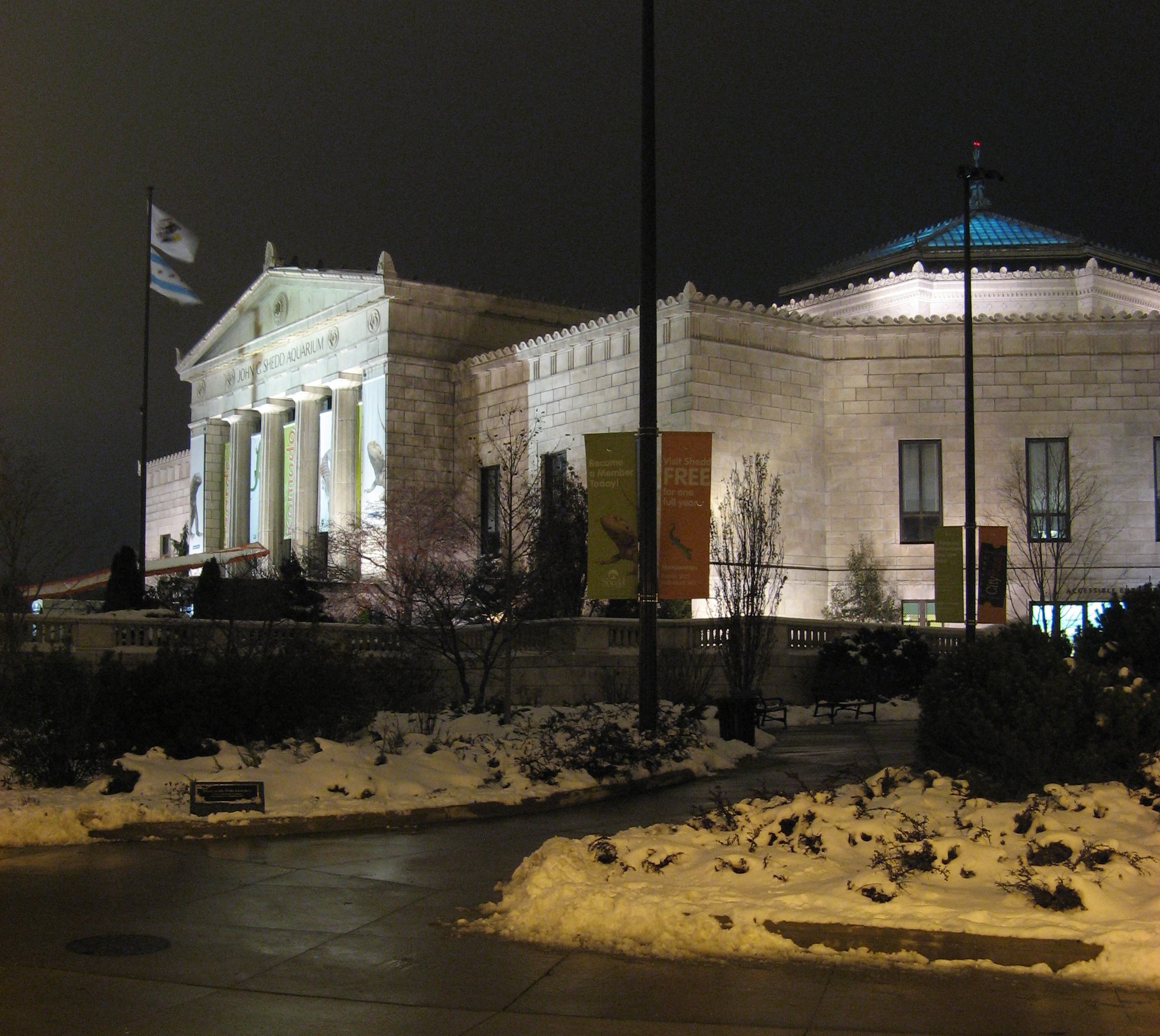Intelligent Design in a Nutshell
If you read and listen to enough information and testimony by proponents of Intelligent Design, you’ll discover that the basic premise is: “If I don’t understand exactly how something happens, then it must have been done by a supernatural agent.”
This telling phrase is rarely used by Design Proponents, who evolved from Creationists via the missing link “CDesign proponentsists” that was excavated from a draft of their textbook during discovery for the Dover Trial (click to watch the Nova Documentary of the trial).
One Intelligent Design website has an article it calls Intelligent Design in a Nutshell. Anyone with an understanding of science or information theory will find the unsupported and largely disproved assertions laughable. However, by mis-stating the scientific method, and claiming as supporting proof scientific conclusions that have long been discarded, it makes a convincing case.
Former child actor, and aging teen heartthrob Kirk Cameron is a visible proponent of this odd IDea (sic). Here’s a short video of a Fox News report interviewing him after he taped a debate against Richard Dawkins. There are some annotations placed by the video editor, but the interview itself is untouched. Watch it and see that my initial assertion is correct. Kirk actually says to the unapologetically supportive Creationist (“unbiased”) interviewer, that if he doesn’t understand how it could have formed, then we must accept that it was obviously designed.
…

